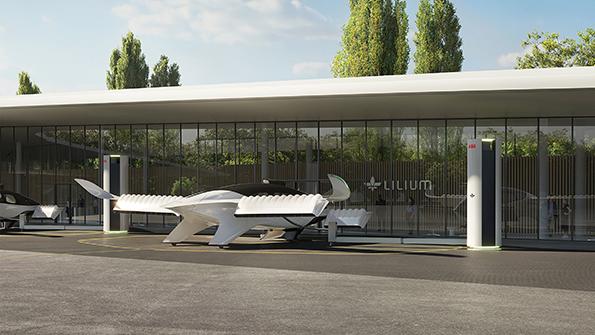
Credit: Lilium
The commercial aviation MRO industry is a well-oiled machine, with maintenance providers, suppliers and airlines all working in tandem to ensure aircraft stay airworthy and off the ground as much as possible. For an emerging segment such as advanced air mobility (AAM) it would make sense to look...
Subscription Required
This content requires a subscription to one of the Aviation Week Intelligence Network (AWIN) bundles.
Schedule a demo today to find out how you can access this content and similar content related to your area of the global aviation industry.
Already an AWIN subscriber? Login
Did you know? Aviation Week has won top honors multiple times in the Jesse H. Neal National Business Journalism Awards, the business-to-business media equivalent of the Pulitzer Prizes.





